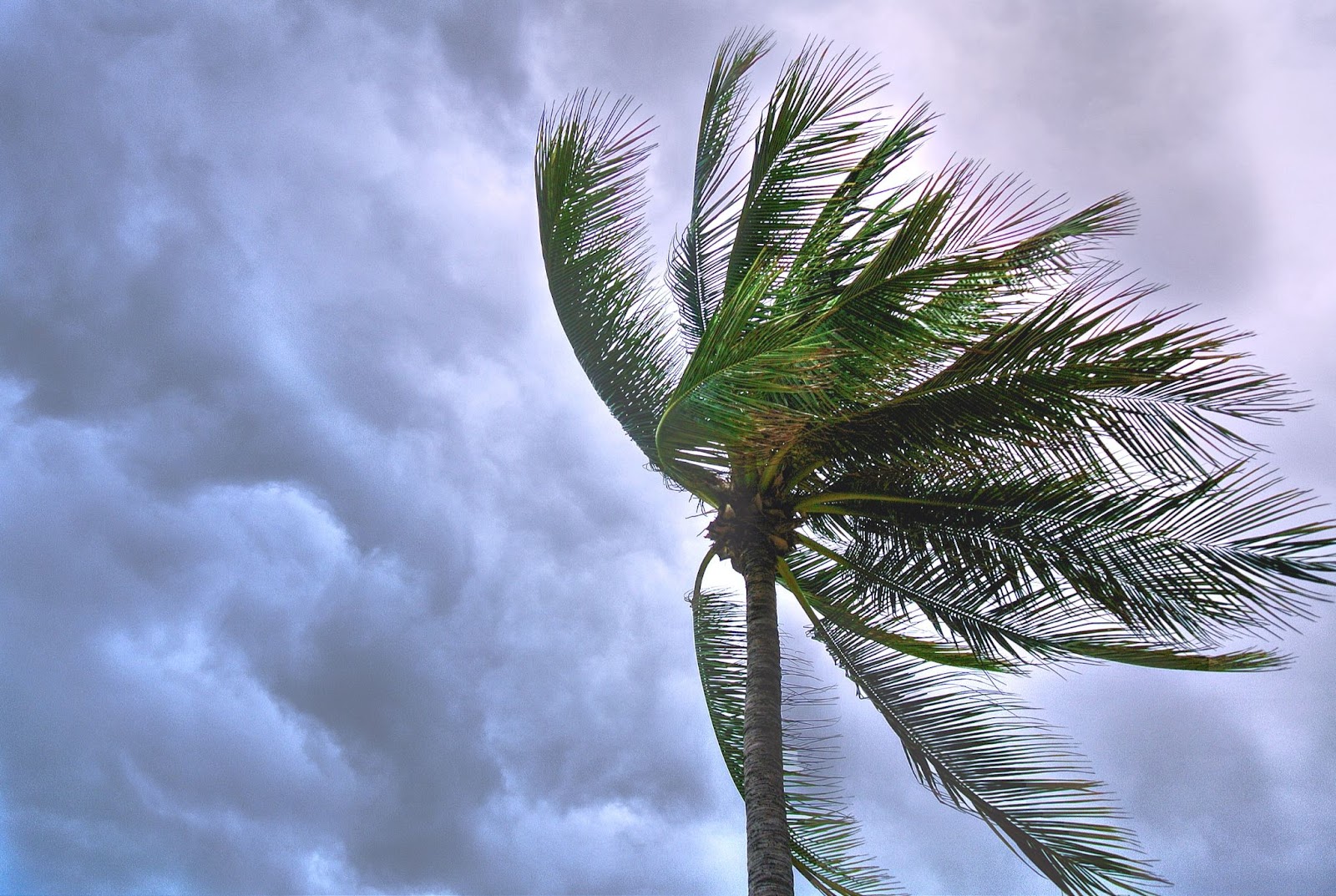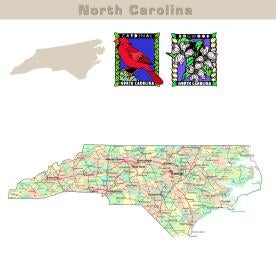Protecting Yourself From Damaging Winds During Fast-Moving Storms

Table of Contents
Understanding the Threat of Damaging Winds
Wind Speed and Damage
The intensity of damaging winds is measured in miles per hour (mph) or kilometers per hour (km/h). Different wind speeds cause varying levels of damage:
- Gale-force winds (39-46 mph/63-74 km/h): Can uproot smaller trees, damage poorly constructed structures, and cause significant damage to unsecured outdoor objects.
- Storm-force winds (47-73 mph/75-117 km/h): Can cause widespread damage to buildings, including broken windows, roof damage, and structural failure. Flying debris becomes a major hazard.
- Hurricane-force winds (74 mph/119 km/h and above): These winds cause catastrophic damage, capable of demolishing buildings, uprooting large trees, and creating widespread devastation. The risk of serious injury and death is extremely high.
Heeding weather warnings issued by your local meteorological service is paramount. These warnings provide crucial information about the predicted wind speeds and potential impacts, allowing you to take appropriate protective measures. Statistics show that many storm-related injuries and fatalities are directly linked to a failure to heed such warnings.
Identifying High-Risk Areas
Certain locations are inherently more vulnerable to the destructive power of damaging winds:
- Coastal Regions: Areas near the coast are frequently exposed to high winds, particularly during hurricanes and tropical storms. The combined force of wind and water significantly increases the risk of damage.
- Areas with Sparse Trees: Open areas with limited tree cover offer less wind resistance, making them more susceptible to high wind speeds.
- Mobile Homes and other temporary structures: These structures are significantly less resistant to high winds than permanent buildings and are at much greater risk of severe damage or complete destruction.
- Elevated areas: Higher elevations are often exposed to stronger winds.
To identify high-risk areas in your community, review local risk assessments provided by your local emergency management agencies. Pay attention to your surroundings, noting areas with limited tree cover, proximity to water bodies, or mobile home parks.
Preparing Your Home for Damaging Winds
Securing Your Property
Taking proactive steps to secure your property before a storm hits is crucial:
- Secure Loose Objects: Bring loose outdoor items indoors, or securely tie them down to prevent them from becoming airborne projectiles. This includes garden furniture, trash cans, and anything that could be lifted by the wind.
- Trim Trees and Shrubs: Trim trees and shrubs to remove any weak or dead branches that could fall and cause damage. This reduces the risk of falling debris harming your home or injuring people.
- Board Up Windows: Consider boarding up windows and doors with plywood or storm shutters to protect them from shattering or being forced open by the wind.
- Reinforce Garage Doors: Garage doors are particularly vulnerable to high winds. Reinforce them with bracing or additional fasteners.
- Protect Outdoor Furniture: Bring in patio furniture, grills, and other outdoor items. Alternatively, securely anchor them to prevent them from blowing away.
Creating a Safe Room
Identifying a designated safe room within your home is a critical safety measure. This should be an interior room, ideally on the lowest level of your home, away from windows and exterior walls. The goal is to minimize exposure to flying debris and wind pressure.
- Essential Items: Keep a fully stocked emergency kit in your safe room, including: a first aid kit, water, non-perishable food, a battery-powered radio, flashlights, and extra batteries. Include any necessary medications.
Emergency Supplies Kit
Having a fully stocked emergency kit is essential:
- Water: Store at least one gallon of water per person per day, for at least three days.
- Food: Include non-perishable food items that require no refrigeration or cooking.
- First-Aid Kit: Ensure your kit is well-stocked with bandages, antiseptic wipes, pain relievers, and any personal medications.
- Flashlights and Batteries: Have multiple sources of light and extra batteries.
- Important Documents: Keep copies of important documents, such as insurance policies and identification, in a waterproof bag.
- Medications: Store all necessary medications, including prescription drugs.
- Cash: Keep some cash on hand, as ATMs may be unavailable.
Protecting Yourself During Damaging Winds
Staying Indoors
The most important safety measure during a storm with damaging winds is to stay indoors. Avoid windows and doors, as they are the most vulnerable points of your home.
- Safest Places: The safest place to be is typically in an interior room on the lowest level of your home, away from windows and exterior walls. Your designated safe room is the ideal location.
- Dangers of Going Outside: Going outside during a storm with damaging winds is extremely dangerous, and should only be done in a true emergency. Flying debris poses a severe risk of injury.
Evacuation Procedures
If an evacuation order is issued by local authorities, follow these steps immediately:
- Stay Informed: Monitor weather reports and emergency alerts.
- Pack Essentials: Gather your emergency supplies kit and any other essential items.
- Safe Transportation: Use designated evacuation routes and avoid flooded areas.
- Designated Shelters: Seek shelter at an official evacuation center if directed by authorities.
Post-Storm Safety
After the storm has passed, take these crucial precautions:
- Assess Damage Carefully: Check your home and property for damage, but avoid entering damaged buildings unless deemed safe by professionals.
- Avoid Downed Power Lines: Report any downed power lines to your utility company immediately. Never approach or touch them.
- Report Damage: Contact local authorities to report any damage to your property or infrastructure.
- Seek Assistance: If you have sustained significant damage, seek assistance from emergency services or local relief organizations.
Conclusion
Protecting yourself from damaging winds requires preparation and awareness. By understanding the threats, securing your home, and having a plan in place, you significantly reduce the risks associated with severe weather events. Remember to heed weather warnings, create a safe room, and assemble a fully stocked emergency kit. Protect yourself from damaging winds today! Prepare for damaging winds now and learn more about damaging wind safety by visiting your local National Weather Service office or emergency management agency website. Share this information with your friends and family to help them prepare for damaging winds as well.

Featured Posts
-
 The Klopp Revolution Transforming Liverpool Fc A Nostalgic Review
May 21, 2025
The Klopp Revolution Transforming Liverpool Fc A Nostalgic Review
May 21, 2025 -
 Old North State Report Summary Of Events May 9 2025
May 21, 2025
Old North State Report Summary Of Events May 9 2025
May 21, 2025 -
 Will Tariffs Reverse The Buy Canadian Trend In Beauty
May 21, 2025
Will Tariffs Reverse The Buy Canadian Trend In Beauty
May 21, 2025 -
 Boosting Resilience Strategies For Better Mental Health
May 21, 2025
Boosting Resilience Strategies For Better Mental Health
May 21, 2025 -
 Finansoviy Reyting Ukrayini 2024 Lideri Rinku Finposlug
May 21, 2025
Finansoviy Reyting Ukrayini 2024 Lideri Rinku Finposlug
May 21, 2025
